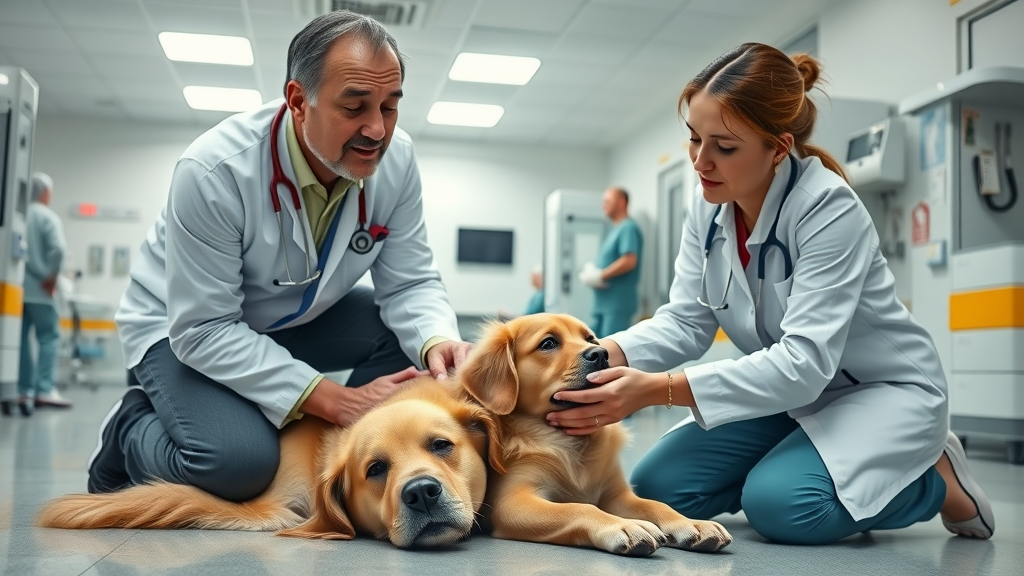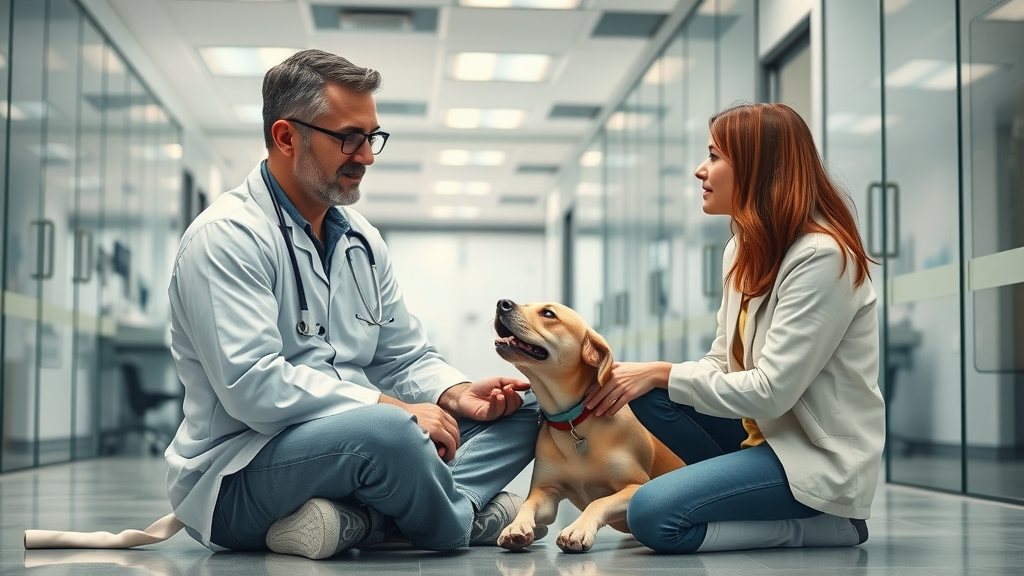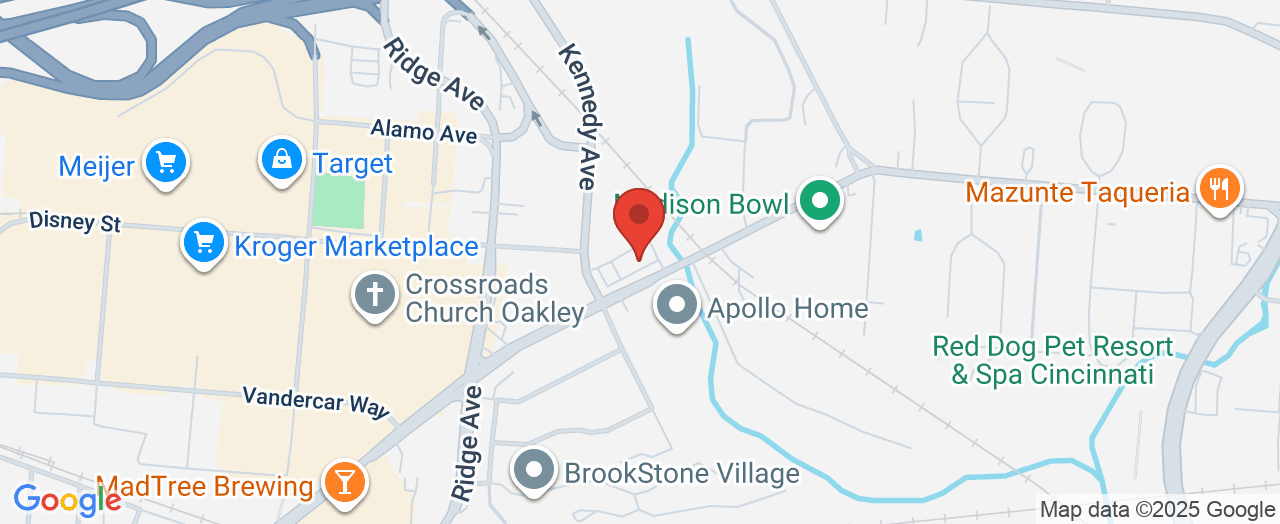Recognizing the Need for Pet Critical Care Before It’s Too Late
Every year, thousands of pet emergencies catch even the most attentive owners off guard. Imagine your beloved dog collapses after a walk, or your cat suddenly swallows something toxic. In these moments, every second can mean the difference between life and loss. Do you know what to do, where to go, or how to recognize that instant when minor symptoms tip into a crisis? Pet critical care isn’t just a service for the unlucky few—it’s a vital resource for every pet owner who wants to be prepared and proactive.
When a medical emergency strikes, pets rely completely on their human families to act quickly and wisely. Yet, panic and uncertainty hinder many from making the best decisions under stress. Understanding what comprises pet critical care, and knowing what to expect when you arrive at a 24-hour animal hospital, isn’t information you want to pick up in the middle of a crisis. This knowledge demystifies the process, empowers you to stay calm, and may ultimately save your pet’s life. Let’s explore why immediate access to critical care is essential and how timely action can profoundly shape outcomes.
What Pet Critical Care Really Means—and Why Timing Matters More Than Ever

Pet critical care isn’t simply the animal version of the human ER; it is a round-the-clock, fully equipped service dedicated to handling the most serious and sudden medical emergencies in animals. Whether your companion is a dog, cat, bird, rabbit, reptile, or exotic species, pet critical care brings together advanced diagnostics, surgical expertise, and compassionate monitoring in a setting designed to respond when the unexpected strikes. Terms like “urgent care” and “emergency vet” are often used interchangeably, but true critical care means having a team and facility able to address life-threatening conditions on the spot—with the requisite tools, training, and experience.
For example, situations such as traumatic injuries from accidents, acute toxicities, severe breathing difficulties, or sudden collapse can’t wait for a next-day appointment. These emergencies demand immediate intervention: rapid assessment, stabilization, advanced imaging, and swift medical or surgical treatment. Delays in seeking pet critical care can lead to worsening prognosis, avoidable suffering, or unnecessary loss. Every year, too many well-loved animals succumb because their symptoms seemed ambiguous or because their families were uncertain about when — and where — to seek critical care. Understanding the difference between routine concerns and true emergencies is imperative; a few minutes can make an extraordinary difference.

How 24/7 Critical Care Transforms Pet Emergencies into Survivable Moments
Among animal-loving communities, access to 24-hour pet critical care stands as a silent safety net—always ready for the unpredictable. At facilities such as Veterinary Emergency Group in Cincinnati, a specialized team is prepared at all times to provide immediate, high-level medical attention. Their open-door approach allows pet owners to walk in at any time, day or night, ensuring that care is not delayed by appointment calendars or long waits. The ability to see a veterinarian instantly for symptoms ranging from sudden weakness to trauma can be the single factor that prevents complications or loss.
Real-world benefits of comprehensive pet critical care extend far beyond simple triage. Owners are invited to remain by their pets’ side—even during examinations and treatments—creating continuity of care and emotional comfort for both pet and human. This open, family-centered model reduces anxiety and provides real-time updates and collaboration. In addition, point-of-care ultrasound, onsite x-rays, and rapid diagnostics mean answers and interventions arrive in minutes, not hours or days. By minimizing delays, pets experiencing medical crises—from poisoning to severe pain or respiratory distress—can stabilize faster, recover with fewer risks, and in many instances, go home healthier and happier.

The Life-Saving Power of Transparency, Communication, and Owner Participation
Pet emergencies can be isolating and frightening, especially when owners feel left out of the clinical process. The open-design philosophy embraced by modern emergency hospitals changes that, giving transparency at every stage. Instead of waiting anxiously in a lobby, owners are invited to participate in their pets’ care. This direct involvement is more than a comfort; it leads to clearer communication with the medical team, more informed decision-making, and greater trust in the treatment plan. When every second matters, open communication helps families understand the urgency of each choice and ensures consent for critical interventions happens rapidly and confidently.
Alongside transparency, the commitment to approachable, compassionate care—from sitting on the floor with a frightened animal to providing private rooms for overnight observation—means that even the most stressful situations can be navigated with dignity and empathy. These details, while simple, change the way critical moments are experienced and remembered. Instead of a sterile, distant process, the emergency becomes a shared human-animal journey supported by expert care and genuine understanding.
What to Expect: Speed, Skills, and Support During Your Pet’s Critical Hour
For many pet owners, uncertainty about what happens in an emergency clinic is as daunting as the crisis itself. A modern emergency hospital operates with the efficiency and attentiveness of a trauma center: call and you speak directly to a veterinarian. Walk through the door, and care initiates immediately—no forms, no waiting, no barriers. Advanced tools such as point-of-care ultrasound and onsite X-rays enable rapid diagnosis, while skilled teams perform life-saving interventions, whether that means urgent surgery, overnight monitoring, or pain management.

Being able to stay with your hospitalized pet—not simply for a visiting hour, but continuously—transforms the experience of critical care. It allows for advocacy, support, and comfort, minimizing the trauma of separation and maximizing transparency. For complex or end-of-life situations, compassionate communication and home-like amenities ease the hardest choices. The stress of medical emergencies never disappears, but a thoughtful approach to care makes hope and clarity more available during even the worst hours.
Staying Ahead of Emergencies: Why Preparation and Knowledge Matter
Emergencies, by their very nature, strike without warning. Yet preparation is possible. Knowing where the nearest 24-hour emergency vet clinic is located, pre-saving the phone number, and understanding what symptoms demand instant intervention are foundational steps every pet owner should take. Familiarizing yourself with signs of classic emergencies—labored breathing, sudden collapse, ingestion of known toxins, unrelenting pain, or bleeding—can help you bypass hesitation and act decisively.
Moreover, educating all members of your household about emergency procedures and when to seek critical care multiplies your family’s readiness. Taking these steps is not pessimistic; it is responsible pet ownership, and can turn panic into purposeful action. Those who are prepared not only find help more quickly but provide reassurance to their pets in the process, ensuring that no second is wasted in a real crisis.
Veterinary Emergency Group: Redefining Pet Critical Care through Compassion and Access
Veterinary Emergency Group stands out within the field of emergency pet medicine for its values of openness, owner-involvement, and relentless commitment to speedy, expert care. Their philosophy centers on ensuring that, no matter the hour or the emergency, both the animal and their family remain together—transforming a process often marred by anxiety and detachment into one of shared strength and transparency.
This approach is more than a branding point—it is a deliberate strategy informed by years of witnessing what truly helps pets and their families through trauma. Care isn’t cloistered behind closed doors: the open treatment environment, direct communication, and involvement in decision-making instill trust and reassurance. Compassion isn’t reserved for the animal alone, but extends to the human family, with offers of comfort, support, and step-by-step updates every moment. Whether sitting with a pet at floor-level for their comfort or empowering pet parents to stay overnight during hospitalization, the group’s mission is guided by a belief that critical care must be accessible, personal, and genuinely humane.
In Their Words: When Pet Critical Care Delivers Hope
For pet owners, the true value of high-quality critical care crystallizes in their moments of greatest need. One recent visitor captured the essence of their experience during a pet emergency:
They are amazing! They got me in quickly, got down on our level and my dog was so comfy. Usually she’s shaking in her boots at the vet but that wasn’t the case here. They explained everything start to finish, they let you come back in the open concept area to see what’s happening to your pet, and all of the staff are just extremely kind and treat your pet like theirs. I will come anytime we have an emergency now!
Stories like this are powerful reminders of why timely, empathetic, and skillful pet critical care can mean everything during a moment of crisis. The peace of mind and comfort provided to both pet and owner is invaluable, and those who prepare by learning what to expect stand to benefit most when time is of the essence.
How Pet Critical Care Is Transforming Emergency Outcomes for Families and Pets Alike
As medical science and veterinary philosophy advance, access to immediate, expert pet critical care is changing expectations—and results—for emergencies of every kind. The best hospitals provide more than urgent expertise; they deliver a humane experience, allow for owner presence, and use advanced tools to make split-second decisions count. By making critical care more accessible and less intimidating, Veterinary Emergency Group is emblematic of a new era in pet medicine, defined by meaningful partnership and transparent care.
Every pet owner deserves to know what to do in an emergency, how to access real-time help, and what a difference it makes to act swiftly. As the veterinary world continues to prioritize around-the-clock readiness and compassionate treatment, pet critical care is poised to save more lives—and ease more hearts—than ever before.
Contact the Experts at Veterinary Emergency Group
If you’d like to learn more about how pet critical care could benefit your animal companion in urgent situations, contact the team at Veterinary Emergency Group.
📍 Address: 3702 Madison Rd, Cincinnati, OH 45209
📞 Phone: +1 513-653-3930
🌐 Website: https://www.veterinaryemergencygroup.com/locations/ohio/cincinnati/
Veterinary Emergency Group Cincinnati: Location and Hours of Availability
🕒 Hours of Operation:
📅 Monday: Open 24 hours
📅 Tuesday: Open 24 hours
📅 Wednesday: Open 24 hours
📅 Thursday: Open 24 hours
📅 Friday: Open 24 hours
📅 Saturday: Open 24 hours
📅 Sunday: Open 24 hours

 Add Row
Add Row  Add
Add 





Write A Comment